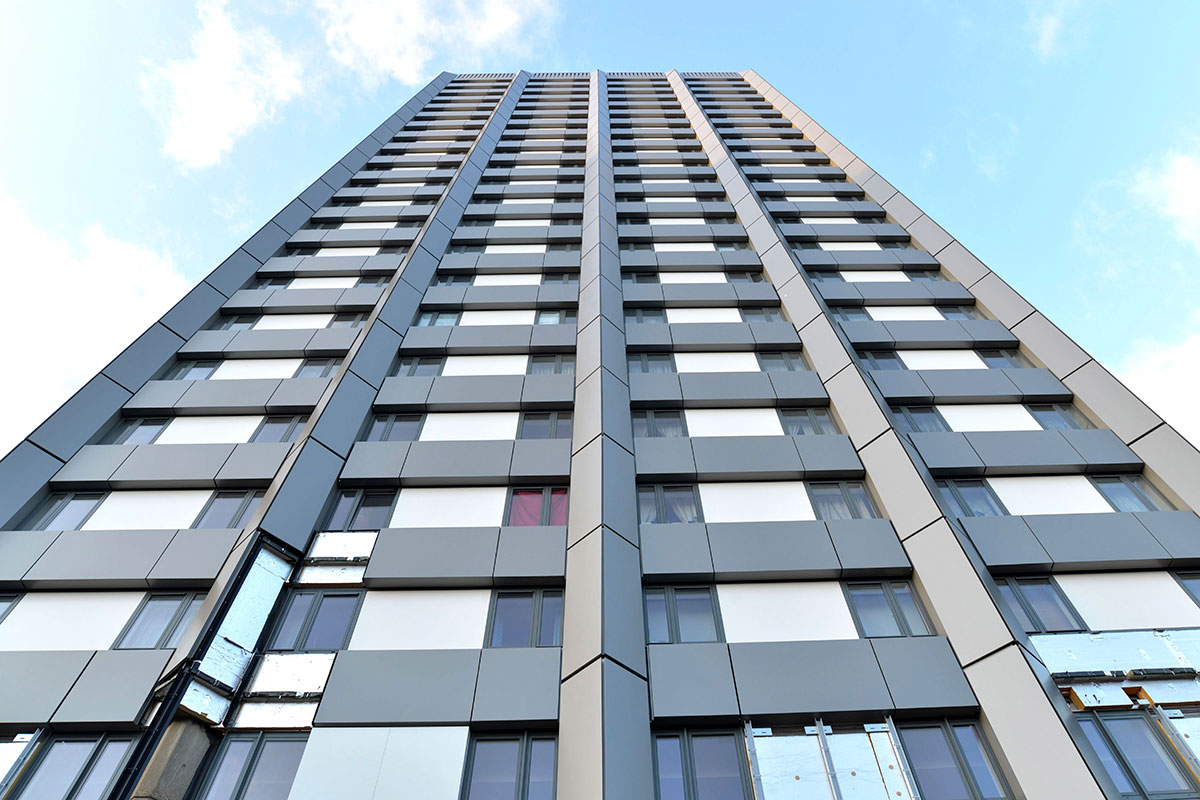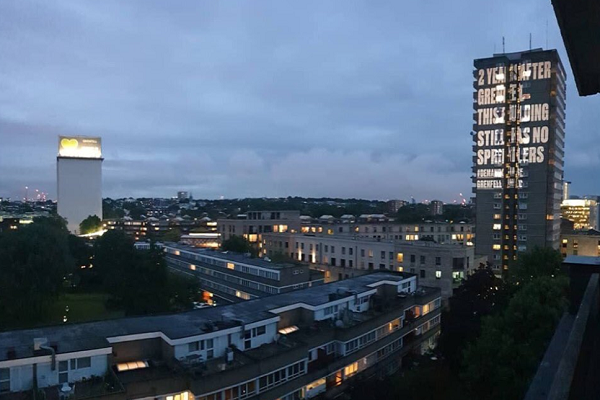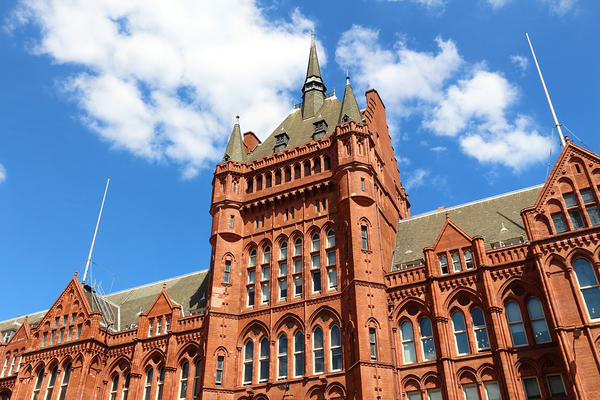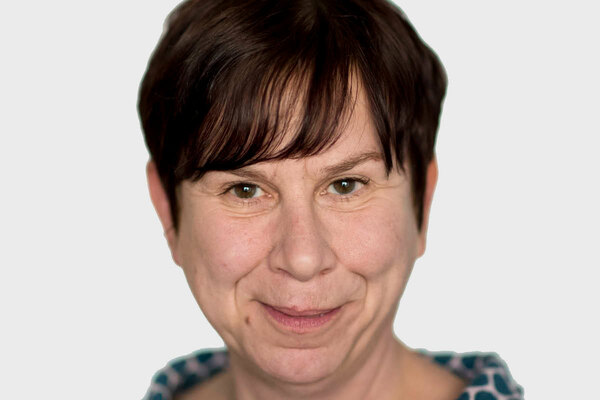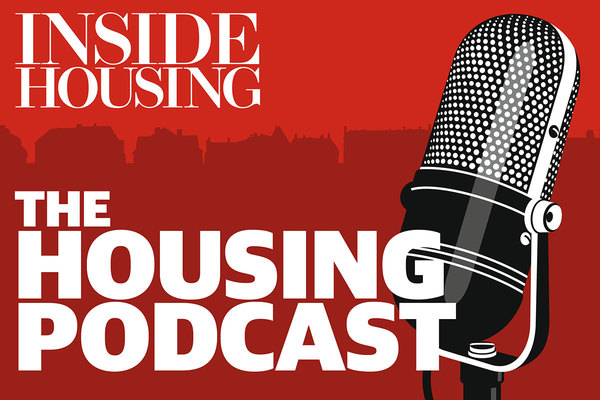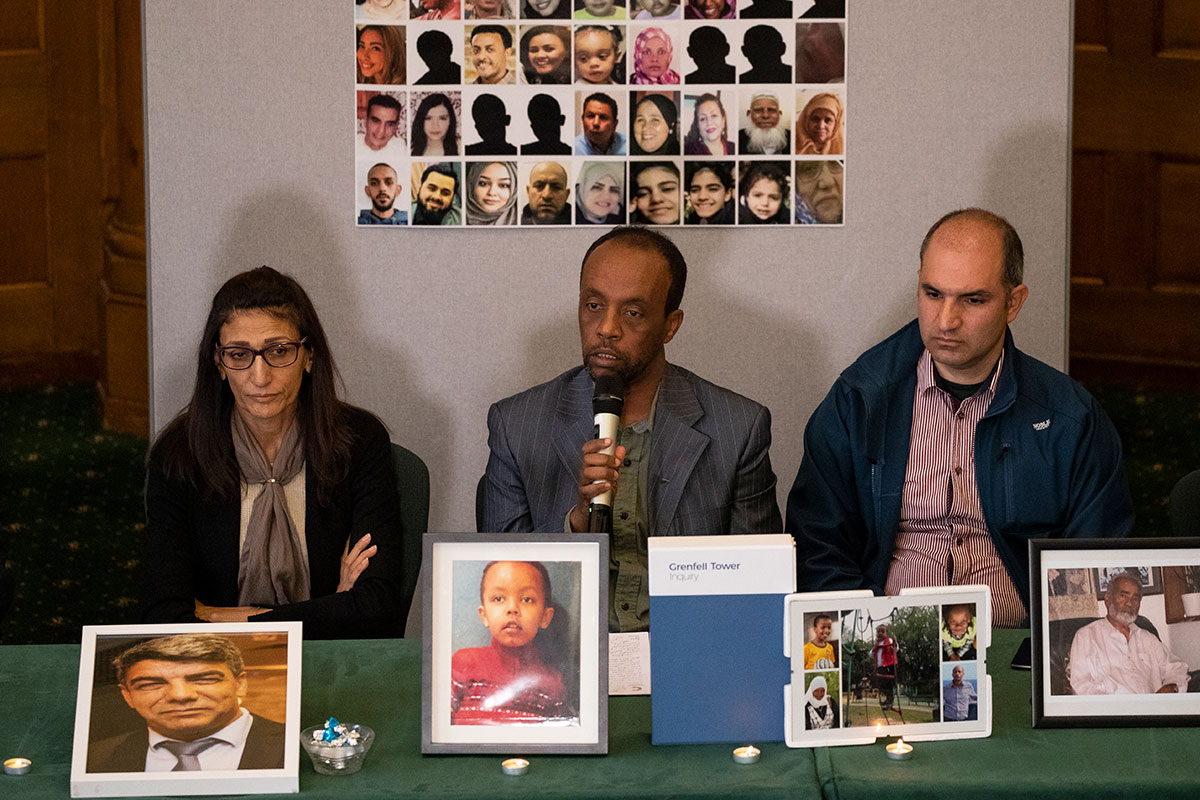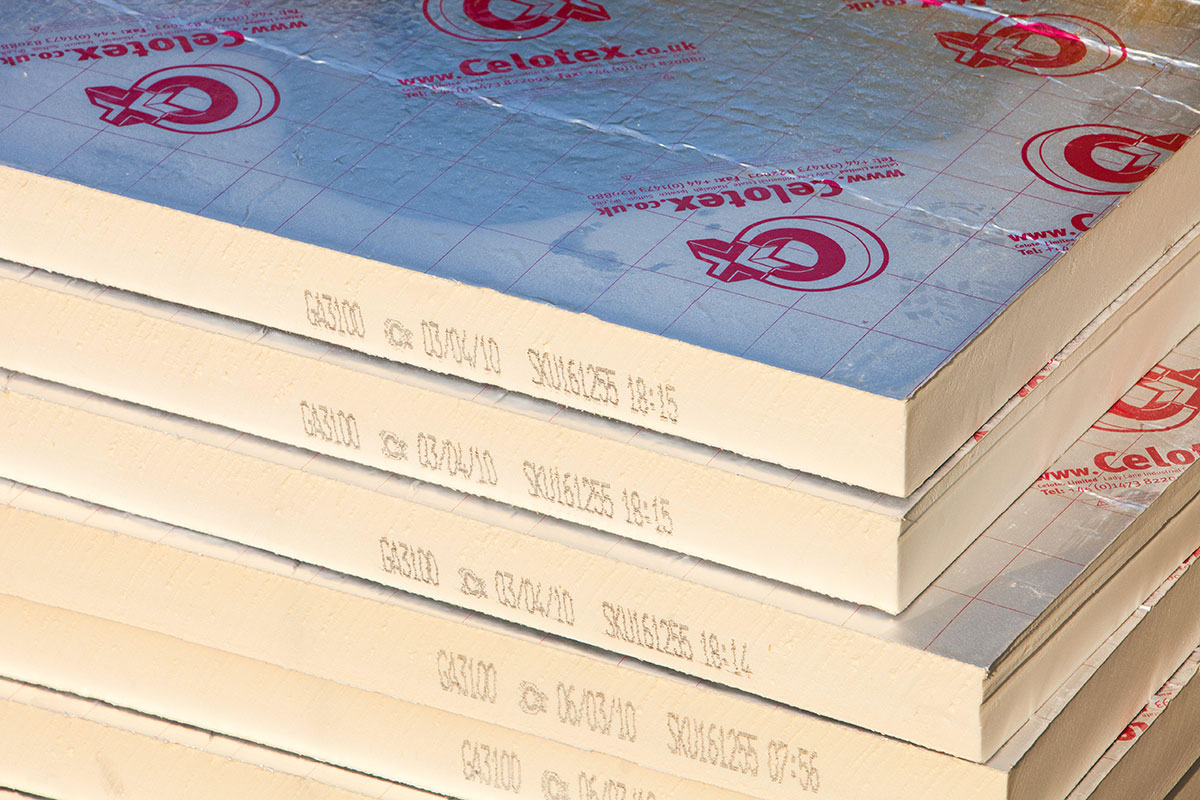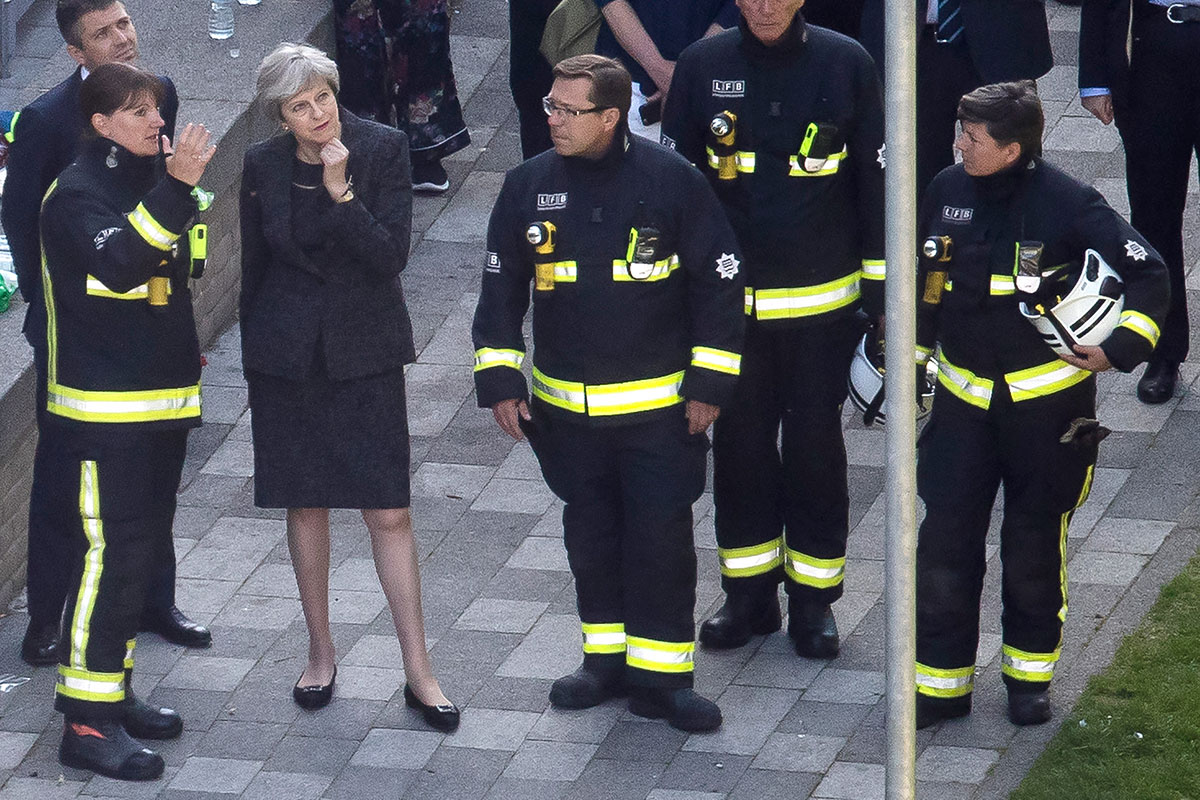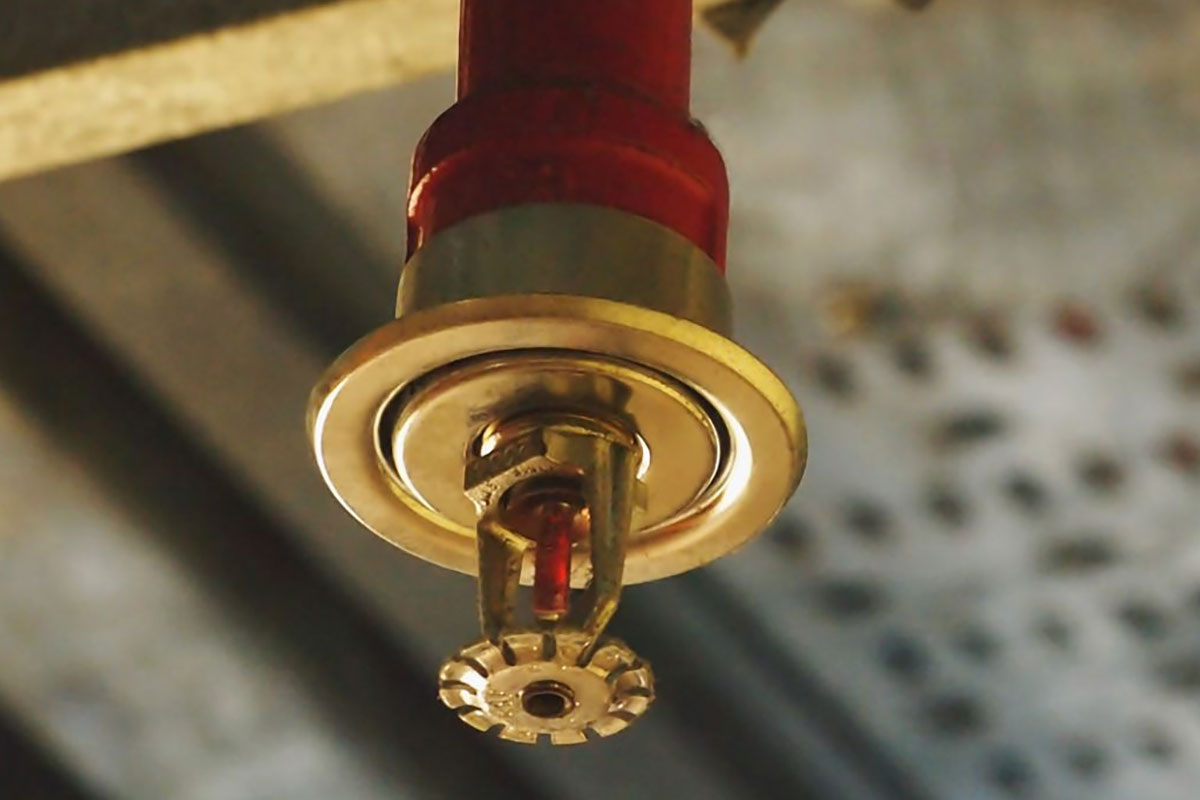You are viewing 1 of your 1 free articles
Grenfell Inquiry: what to expect in phase two
After the publication of the first phase of the Grenfell Inquiry report last week, the Inside Housing team turns its attention to the second phase, and looks at the five key areas inquiry chair Sir Martin Moore-Bick will be investigating in his phase two report. Photography by Alamy, Getty and Studio E
Housing management
Phase one’s recommendations already look likely to have huge ramifications for housing management.
Sir Martin has called for building owners to develop evacuation plans for all high rises, including “personal emergency evacuation plans” for vulnerable residents and an “urgent” inspection of fire doors in all buildings. But there were also hints in the report that more of this will be coming down the line in phase two.
Some of the strongest language surrounded the council and the TMO’s failure to provide the London Fire Brigade (LFB) with information about Grenfell Tower and its inhabitants. Sir Martin branded this “a matter of the utmost seriousness” to be scrutinised later on – an indicator that he will have a strong focus on building management issues.
Phase two will look closely at Grenfell’s uPVC windows, which were moved during the refurbishment and have been identified as the means by which flames were able to spread to the cladding so easily.
It will also examine whether the smoke extraction system “was capable of operating in accordance with its design and whether it did so”, following suggestions that it in fact helped smoke spread across floors.
Lifts – a perennial maintenance headache – will also come under Sir Martin’s gaze, as he tries to ascertain whether Grenfell’s were properly maintained. They were ostensibly designed as firefighting lifts but lacked many of the requisite features, while a switch intended for use by firefighters appears not to have worked properly.
Finally, faulty fire doors have already been a widespread concern for social landlords since Grenfell and this may become an even greater issue post-phase two. The inquiry will establish whether the tower’s doors complied with regulations and why it appears that so many did not have functioning self-closing devices.
These lines of investigation all have the potential to set housing managers scrambling to comply with tough – but necessary – recommendations when the second report is published.
Resident warnings and authorities’ response
Grenfell survivors and relatives address the media on 30 October. Left to right: Flora Neda, Paulos Tekle and Hamid Al Jafari
In the immediate aftermath of the Grenfell Tower fire, it quickly emerged that residents had been raising concerns over the fire safety of the block for months and years before the fire.
Phase one of the inquiry underlined just how many of the residents had raised issues, with a number of witnesses telling stories of emails and phone calls to the Royal Borough of Kensington and Chelsea and its ALMO, Kensington and Chelsea Tenant Management Organisation (KCTMO), detailing concerns.
It seems investigations into the response to these concerns will make up a significant section of inquiry chair Sir Martin Moore-Bick’s work in phase two.
His findings and recommendations could be significant in overhauling the relationship between tenant and landlord and give a bigger voice to tenants in relation to the places they live.
Some of this work has already begun. It is proposed the Social Housing Green Paper will empower tenants. We are still waiting for that to be published, and the methods for how empowerment can be achieved.
The government also created a group made up of tenants and social landlords in March looking at ways of improving how tenants can communicate concerns over building safety issues.
Expect Sir Martin to go further in phase two, and call for stronger legislation to ensure that tenants are able to have a voice, and that landlords respond.
It is not just the relationship of tenants with stakeholders before the fire that will be looked at in phase two – Sir Martin will also turn his attention to the survivors and how they have been treated afterwards.
There have been a number of complaints about the rehousing and support given to those who were displaced by the fire. But it appears that lessons are not being learned, with recent fires such as that at Samuel Garside House in Barking showing that those affected by traumatic events are still being failed well after they occur.
Sir Martin will no doubt look to rectify this in phase two, and call for clarity on the responsibilities of both social and private landlords to tenants following a major incident.
Testing and certification of materials
While the process of testing and certification was not a core part of the first phase of the inquiry, it was certainly touched on – particularly in the evidence of expert witness Dr Barbara Lane.
Dr Lane described a large-scale test on a system containing Celotex RS5000 – the insulation material used on the tower – carried out at the laboratory of the Building Research Establishment (BRE) in 2014. While the system it was tested with used cement fibre cladding, and therefore did not justify its use on Grenfell, it did result in the product being advertised as “suitable for use on high-rise buildings”.
This test, Dr Lane said, had some substantial issues, including the presence of undeclared fire-resisting boards around the devices which record the pass or fail rating. It was subsequently withdrawn.
Similarly, Dr Lane also considered a certificate issued by the British Board of Agrément (BBA) certifying Arconic’s polyethylene-cored aluminium composite material (ACM) cladding as ‘Class 0’. This certificate was described as “factually incorrect” by Dr Lane, due to the “startling omission” of additional test evidence during the nine years it was in circulation.
As a result, Dr Lane wanted substantial changes to the system of testing and certification: principally far more transparency; a tougher, more realistic testing regime; and an “immediate moratorium” on the use of data from new large-scale tests.
So phase two has much to consider: how did the system end up like this? To what extent did the test passes and certificates contribute to the presence of the dangerous materials on the tower? And how should product testing change as a result?
Tough questions should be expected for all involved in this process and, when we finally reach the end of the inquiry, so should strong recommendations for change.
London Fire Brigade
Then-prime minister Theresa May speaks to Dany Cotton, commissioner of the London Fire Brigade, as she visits Grenfell Tower the day after the tragedy in 2017
While phase one of the inquiry looked in detail into the failures of the LFB on the night of the fire, phase two will delve deeper into the underlying structural issues within the organisation.
We know from the report that senior officers were aware of the risks of cladding fires in high-rise buildings but did not disseminate the information to potential incident commanders. Sir Martin also stated that the LFB failed to learn lessons from the Lakanal House fire in 2009.
In the section of the report looking ahead to phase two, Sir Martin says questions have been raised about whether the LFB’s training is adequate and whether it is capable of learning from its mistakes.
To do this, Sir Martin will have to investigate the LFB itself and question those at the top of the organisation, to find out how the organisation got to this point. This will shine the spotlight on those at the top of the LFB, including commissioner Dany Cotton. Survivor groups are now calling on Ms Cotton to resign.
More significantly, the investigation could also change the organisation as a whole, by looking into its underlying policies and approach to training.
The effects of this could be felt outside the capital too, and impact how fire brigades organise themselves nationally.
Sprinklers and buildings above 11m
Reading between the lines of Sir Martin’s recommendations, he came fairly close to recommending the retrofitting of sprinkler systems in high-rise towers and lowering the threshold at which safety rules for high rises kick in to 11m.
In both instances, Sir Martin said such a recommendation was favoured by his experts but he had not yet heard enough evidence to make a finding. The evidence will, therefore, be explored in phase two.
Both would have substantial implications. The cost of sprinkler systems has come down substantially in recent years but they remain a significant investment – whether for individual building owners or the government.
Equally, lowering the threshold of what constitutes a high-rise building to 11m would bring thousands – perhaps tens of thousands – more buildings into scope. It is likely these buildings have combustible materials installed at a much higher rate than the high rises, as current government guidance imposes almost no restriction on the type of materials which can be used on their walls.
Social landlords would be well advised to get ahead of the curve during the years and months leading up to the conclusion of phase two. A proactive approach would mean these costs could be planned for before a regulatory requirement sends demand soaring.
The Grenfell Tower Inquiry recommendations: phase one
Picture: Getty
Evacuation
There were no plans to evacuate Grenfell Tower available. Sir Martin Moore-Bick, chair of the Grenfell Inquiry, recommended:
- The development of national guidelines for carrying out partial or total evacuations of high-rise buildings – including protecting fire access routes and procedures for evacuating people who require assistance
- Fire services develop policies for partial or total evacuation of high rises
- Owner and manager be required to draw up and keep under review evacuation plans, with copies provided to local fire and rescue services and placed in an information box on the premises
- All high-rise buildings be equipped with facilities to enable the sending of an evacuation signal to the whole or a selected part of the building
- Owners and managers be required by law to prepare personal evacuation plans for residents who may struggle to do so personally, with information about them stored in the premise’s information box
- All fire services be equipped with smoke hoods to help evacuate residents down smoke-filled stairs
Fire doors
Sir Martin said it is apparent that “ineffective fire doors allowed smoke and toxic gases to spread through the building more quickly than should have been possible”, and that missing self-closers played an important role. He recommended:
- An urgent inspection of fire doors in all buildings containing separate dwellings, whether or not they are high rises
- A legal requirement on the owner or manager of these buildings to check doors at least every three months to ensure self-closing devices are working effectively
Sprinklers
Noting the recommendation from the coroner investigating the Lakanal House fire that the use of sprinklers be encouraged, Sir Martin said that some of his experts had “urged me to go a step further and to recommend such systems be installed in all existing high-rise buildings”.
He said that sprinklers have “a very effective part to play” in an overall scheme of fire safety, but that he had not yet heard evidence about their use. He said that he could make no recommendations at this stage, but that he would consider the matter in phase two.
Internal signage
Floor numbers in the tower were not clearly marked and markings were not updated when the floor numbers changed following the refurbishment. Sir Martin said that all high-rise buildings should have floors clearly marked in a prominent place, which would be visible in low light or smoky conditions. Given that not all residents of Grenfell could read fire information signs, he said this should now be provided in a means that all residents can understand.
Use of combustible materials
Sir Martin said the original fire in the kitchen was no more than an ordinary kitchen fire that spread to the cladding because of “the proximity of combustible materials to the kitchen windows” – such as the uPVC frames.
He said this is a matter that “it would be sensible” for owners of other high-rise buildings to check.
He said he would “add his voice” to those who have expressed concern about the slow pace of removal work for more than 400 other tall buildings in England with aluminium composite material cladding.
A total of 97 buildings in the social housing sector and 168 in the private sector have not yet seen the work complete. Sir Martin said the work must be completed “as vigorously as possible”.
He said particular attention should be paid to decorative features, given the crucial role played by the architectural crown at Grenfell in spreading the fire around the building.
Given the decision to ban combustible materials on new buildings last year, he did not call for further restrictions on their use.
Fire service: knowledge and understanding of materials in high-rise buildings
Sir Martin raised concern that junior firefighters were not aware of the danger of cladding fires, and that the London Fire Brigade (LFB) was unaware of the combustible materials used to refurbish Grenfell Tower.
He therefore recommended:
- That the owner and manager of every high-rise building is required to provide details of external walls and the materials used to the local fire service, and inform them of any changes
- To ensure that fire services personnel at all levels understand the risk of cladding fires
Plans
Sir Martin said that a lack of plans did not “unduly hamper” fire services at Grenfell, as each floor was laid out in the same way. However he warned that another building with a more complex layout could pose problems. He recommended:
- That owners and managers of high-rise buildings are required by law to provide paper and electronic versions of building plans of all high rises to local fire services
- To ensure the building contains a premises information box, including a copy of floor plans
Lifts
Firefighters were unable to use a mechanism that allows them to take control of the lifts on the night of the fire, hampering their progress and meaning residents could still use the lifts, “in some cases with fatal consequences”. Sir Martin therefore recommended:
- That the owner and manager of every high-rise building be required by law to carry out regular inspections of any lift required for use by firefighters and the mechanism that allows them to take control of it
Section 7(2)(d) of the Fire and Rescue Services Act
The judge was concerned that inspections of the tower by the fire service before the fire were not enough to meet their responsibilities under this act. He recommended:
- A revision of the guidance for the London Fire Brigade, and training for all officers above the rank of crew manager in inspecting high-rise buildings
Co-operation between emergency services
There was a lack of communication between each emergency service at Grenfell, with each declaring a major incident at different times without telling each other. Sir Martin recommended several changes to ensure better communication in the future.
Personal fire protection
Sir Martin decided not to issue a recommendation that individual flats be provided with fire extinguishers or fire blankets, noting concerns that this could encourage residents to fight fires rather than escape and call the emergency services.
Communication between the control room and the incident commander
While guidance calls for a “free flow” of information between a fire service control room and the commanding officer on the ground, that often does not happen. Sir Martin therefore recommended:
- A review of policies by the LFB on this matter, including training for all officers who could serve as incident commanders and senior control room officers.
- A dedicated communications link between the senior officer and the incident commander
Emergency calls
Even allowing for the pressure of the night, Sir Martin said that fire survival guidance calls were not handled in an “appropriate or effective way”. He therefore recommended:
- Amending of policies and training for control room officers
- That all fire services develop policies for multiple fire survival guidance calls
- Electronic systems to record and display calls
- A policy for managing a transition from ‘stay put’ to ‘get out’ and training for call handlers in delivering this change of advice
Command and control
Sir Martin said firefighters too frequently “acted on their own initiative”, resulting in a duplication of effort. He called for better policies to ensure:
- Better control of training and deployment
- Information is obtained from crews after they have deployed
Equipment
Sir Martin made some recommendations for improvements to fire service equipment, including radios and the command support system.
Testing and certification of materials
Sir Martin said this is an issue that will be investigated “early in phase two”, along with an assessment of “whether the current guidance on how to comply with the building regulations is sufficiently clear and reliable”.
He also said the inquiry would investigate whether a ‘prescriptive’ regime of regulation was necessary. However, as these issues have not yet been examined by the inquiry he did not make any recommendations.
